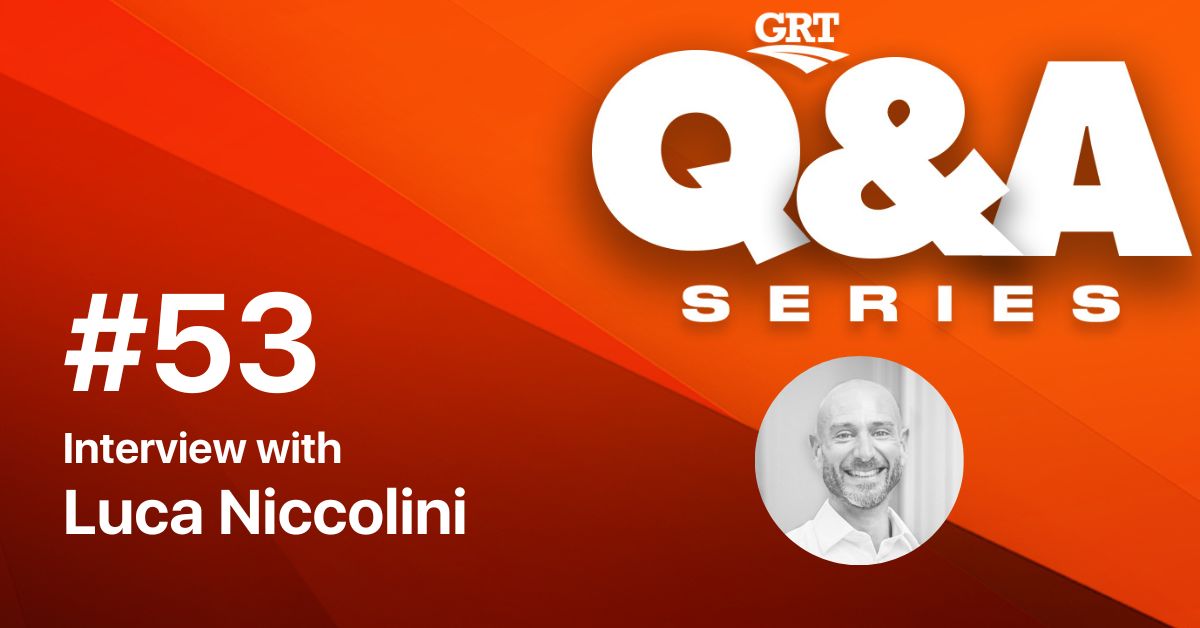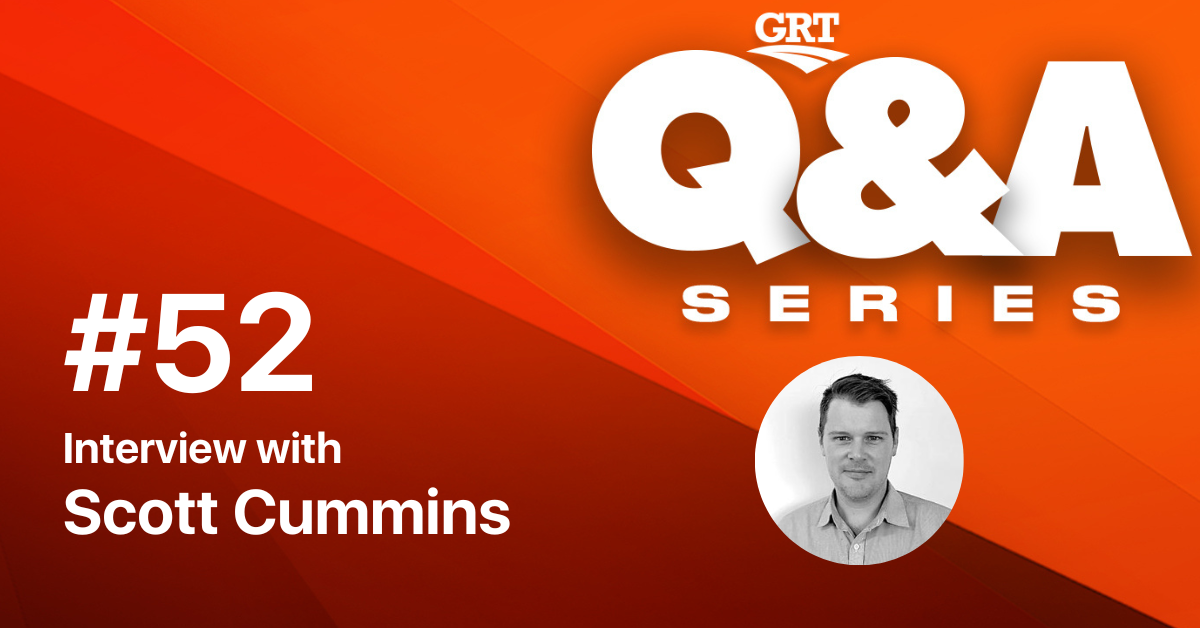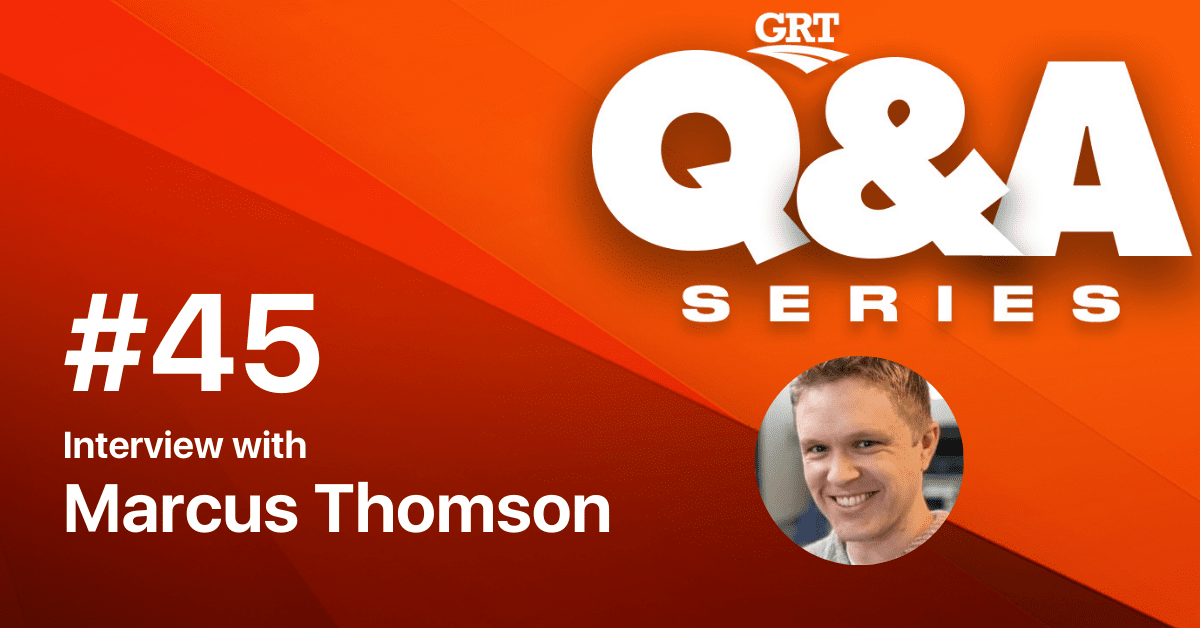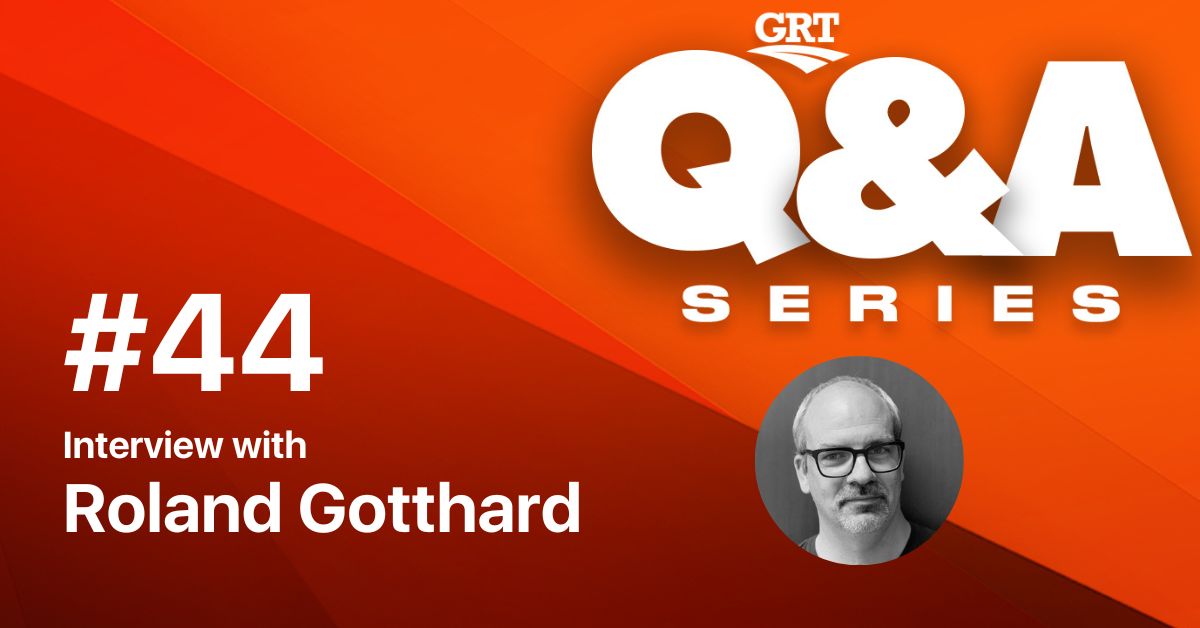Q&A Series #33 : Interview with Dr. Suzanne Bartington

About the guest
Dr. Suzanne Bartington is a public health clinician and environmental epidemiologist with research interests focusing on three core themes: (1) health and environmental impacts of ambient and indoor air pollution; (2) sustainable transport mobilities specifically links between active travel infrastructure and health; (3) environmental public policy formulation, implementation, and evaluation. Suzanne has cross-cutting interests in the development of new methods for monitoring, analyzing, and modeling impacts of air quality and the application of mixed-methods approaches to intervention evaluation. Suzanne is a Clinical Research Fellow in the Institute of Applied Health Research and a Fellow of the Faculty of Public Health. She is also Co-Lead with Professor William Bloss of the University of Birmingham Institute for Global Innovation Clean Air Theme and UK Research and Innovation Regional Clean Air Champion for the midlands to the north of England.
Topic of discussion: The interface of science, policy, and practice in addressing air quality challenges.
Nothing is more fundamental in life than breathing. Yet for millions of people around the world, air pollution causes sickness and premature death.
Communicating air quality data thoughtfully, can be a powerful tool to inform the public but it’s not enough if an interdisciplinary approach is not taken. This approach should take steps that involve science, policy and practice in developing steps on a long path to cleaner air.
The pursuit of technical solutions to air quality challenges must be paired with sustained commitment to continuous operation and institution building to provide more useful information. Sustained investment is needed to achieve success.
Public support for air monitoring is an important driver for sustained government investment and engaging the public can help improve understanding, awareness, and increase public support for action. The ultimate goal is to breathe clean air by reducing emissions.
GRT had the opportunity to speak to Dr Suzanne Bartington, a Clinical Research Fellow and Honorary Consultant in Public Health at the University of Birmingham. She is based in the Greater Oxford Area in the United Kingdom.
Q1) Welcome to the GRT Q&A Series Suzanne. It’s a pleasure to have you with us and thank you for making time. What does your role as Clinical Research Fellow and Honorary Consultant in Public Health at the University of Birmingham entail and what drives you in your role?
My work is at the interface of science, policy, and practice. As a clinical academic, I lead a range of research projects, including the TRANSITION Clean Air Network which focuses on optimizing clean air and health benefits associated with transport decarbonization. More widely I am involved in studies supported by a range of Research Councils, alongside academic consultancy, professional development, and teaching activities.
Q2) How do you envisage the future of air quality exposure assessment? What are the lessons and areas of growth from different parts of the world?
I am certain that sensor technology will revolutionize the landscape of air quality exposure assessment particularly as the technology evolves to provide more reliability in field-based studies. Personal exposure assessment – including both indoor and outdoor environments is of course of most interest for epidemiological studies. We can learn a great deal from studies undertaken in Low and Middle-Income settings where health impacts associated with air pollution exposure are greater due to the higher exposure magnitudes. Much of our research focuses on East Africa, where there is a dual challenge of Household Air Pollution (associated with biomass fuel combustion) and ambient air pollution, typically associated with fossil fuel combustion. In future years we will learn more about the relative contribution of outdoor and indoor sources to overall health, particularly through inter-country comparisons. We are likely to also advance knowledge of the contribution of non-transport pollutant sources to health outcomes, notably as uptake of low-emission vehicles accelerates in high-income settings.
Q3) How do you ensure action on air pollution doesn’t lead to unanticipated consequences? What roles do robust behavioral, sociological, and economic insights play?
Avoiding or mitigating unintended consequences of policy actions is absolutely critical and is often a real challenge for policymakers. Consequences may be both positive or negative – and can exert impacts far beyond the intended area of policy action. Wider impacts may be identified and mitigated at a policy formulation stage – for example by the use of Participatory Systems Mapping approaches which bring together a range of stakeholders to exposure a broad range of linkages spanning societal, political, economic, and technological domains. This holistic approach to policymaking can identify impacts at an early policy formulation stage, thereby enabling policies to be reformulated. We have been actively adopting this approach to explore the impacts of electric vehicle focussed transport decarbonization policies, identifying some major negative consequences, including for uptake of active travel and public transport.
Q4) How can interdisciplinary research be used to combat ‘old problems’ in the advocacy for clean air in different parts of the world?
Interdisciplinary perspectives are vital to address air quality challenges. For much of the past half-century, air quality has been considered as an ’environmental’ issue, however, the major implications are for human health and policy solutions require a broad range of expertise – for example from social and behavioral scientists. Exploring challenges from a diverse range of perspectives also generates novel insights, including importantly co-development of solutions together with end-users, including the general public. An example of where we are doing this is in Rwanda, where we have undertaken research with women who are reliant upon biomass fuels such as charcoal and wood for cooking and heating. Understanding their own needs, concerns and preferences are essential for developing cleaner cooking solutions in the longer term.
Q5) What are the challenges and dynamics of restricting air pollution to health sciences alone? What complexities are there and why shouldn’t it be a ‘one shoe fits all’ approach?
As already mentioned, for too long air quality has been considered as an ‘environmental’ issue and is yet far from being led by the health community. However, poor air quality is a major risk to health, and empowering health professionals with the knowledge and skills to discuss air pollution with patients and to consider its role in chronic disease management will be a major step forwards. The links between air quality and health are complex and influenced by a wide range of factors – such as housing quality, co-morbidities, age, and ethnicity – which means that a tailored approach to health promotion and education is necessary.
Q6) How do humans and communities respond to air pollution policy interventions? What is the role of psychological safety on the impact of pollution remediation measures?
Air quality interventions can be challenging as they can involve changes in lifestyles and behaviors. As we know from other public health policy areas, such as smoking, the most effective interventions are those which are legislative and at a whole population level, and therefore do not rely on individual-level behavior change. Existing examples for air quality include stricter emissions control requirements for vehicles and industry legislation. We can also learn a great deal from historical perspectives, such as the first Clean Air Act which focused on reducing coal power-based emissions.
Q7) Moving forward, how important are collaborations in investigating the health, social and economic impact of pollutant exposure and air quality intervention measures to inform public health policy worldwide?
Collaboration is absolutely critical for addressing the clean air challenge and ideally all public policy decisions would be appraised for impacts upon air quality. Ensuring input from a broad range of stakeholders – including public, commercial sectors, academia, and the general public in this process will ultimately lead to the most effective, holistic, and sustainable solutions.

Keith Nare
Technical Head of Communications for GRT, Keith leads GRT's content strategy across various platforms, whilst coordinating internally to build the voice and opinions of the GRT team. Keith is a product of Nelson Mandela University and his PhD work focuses on Polymer and Physical Chemistry. He was a Research Associate at SANRAL in South Africa and later spent time as a Visiting Research Associate to NTEC at the University of Nottingham in the UK. He is a former Director of Communications for CALROBO in the USA.
Keith is passionate and enthusiastic about health and safety, sustainability, networking and finding synergy through conversations.
Related Interviews
MORE INDUSTRY ARTICLES
Nothing found.









